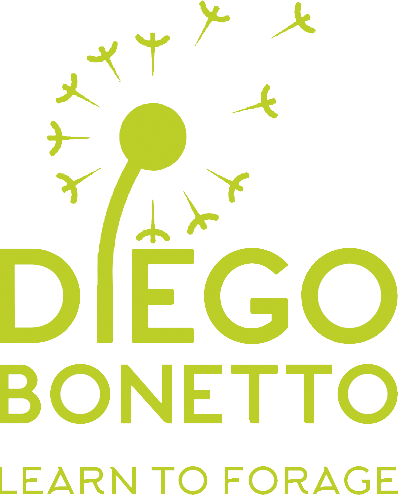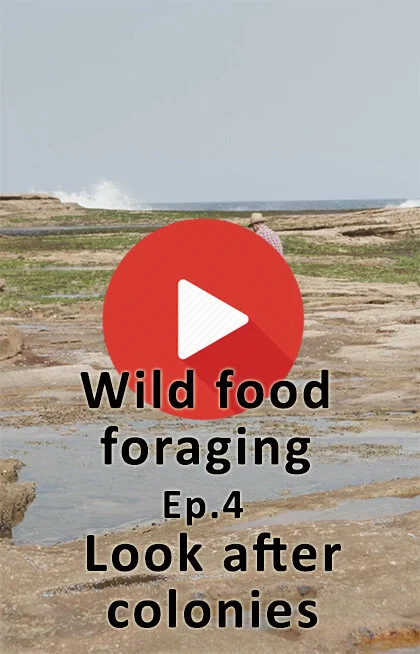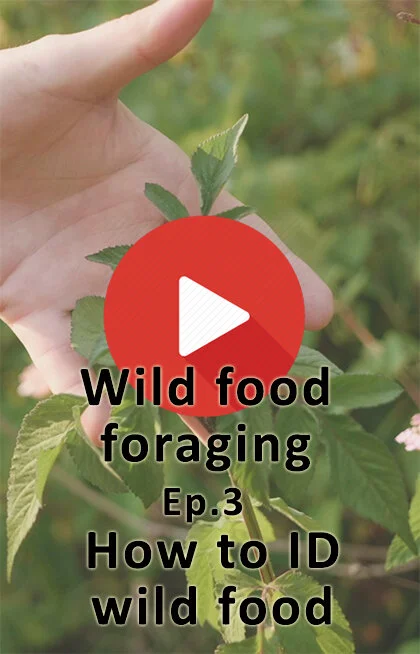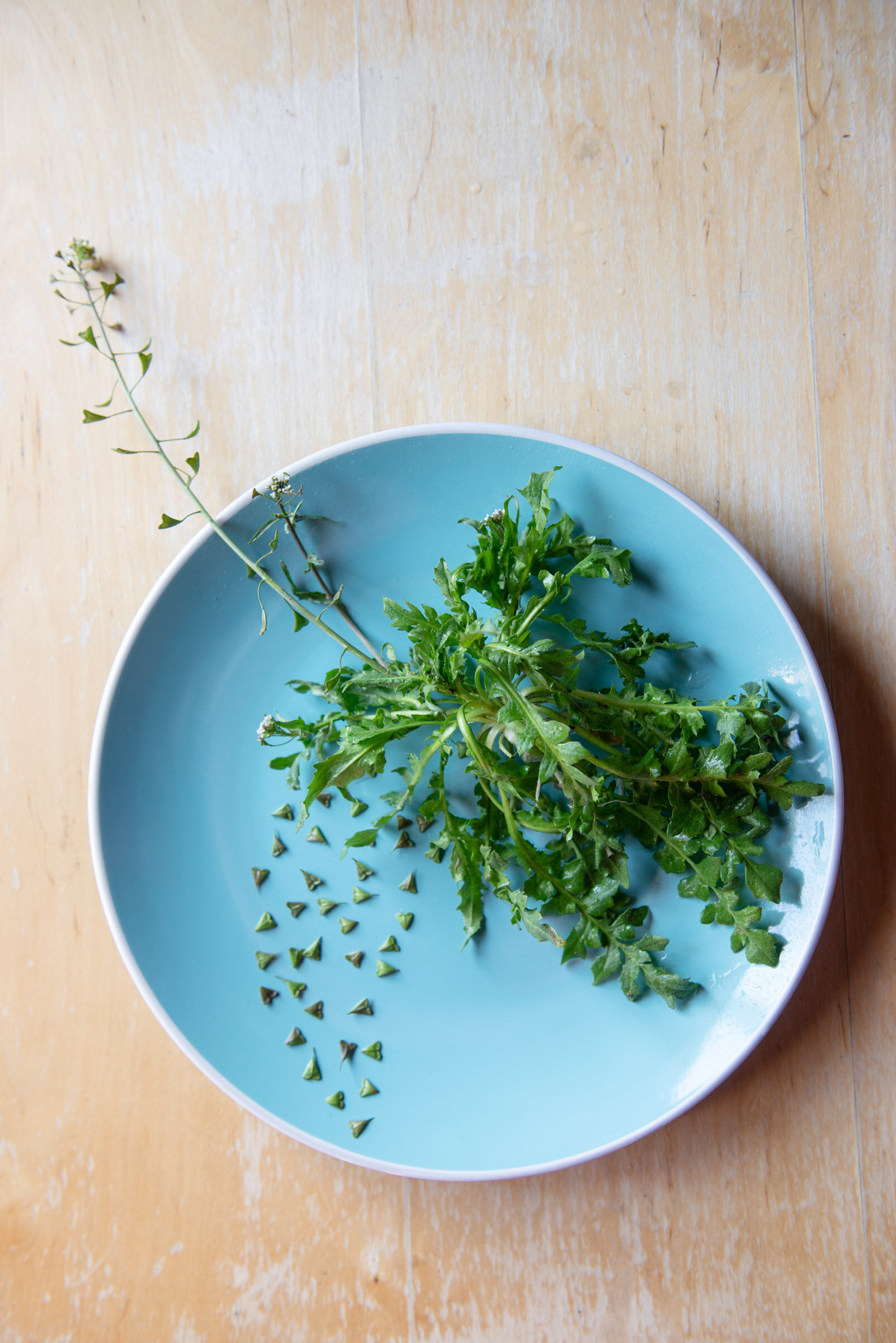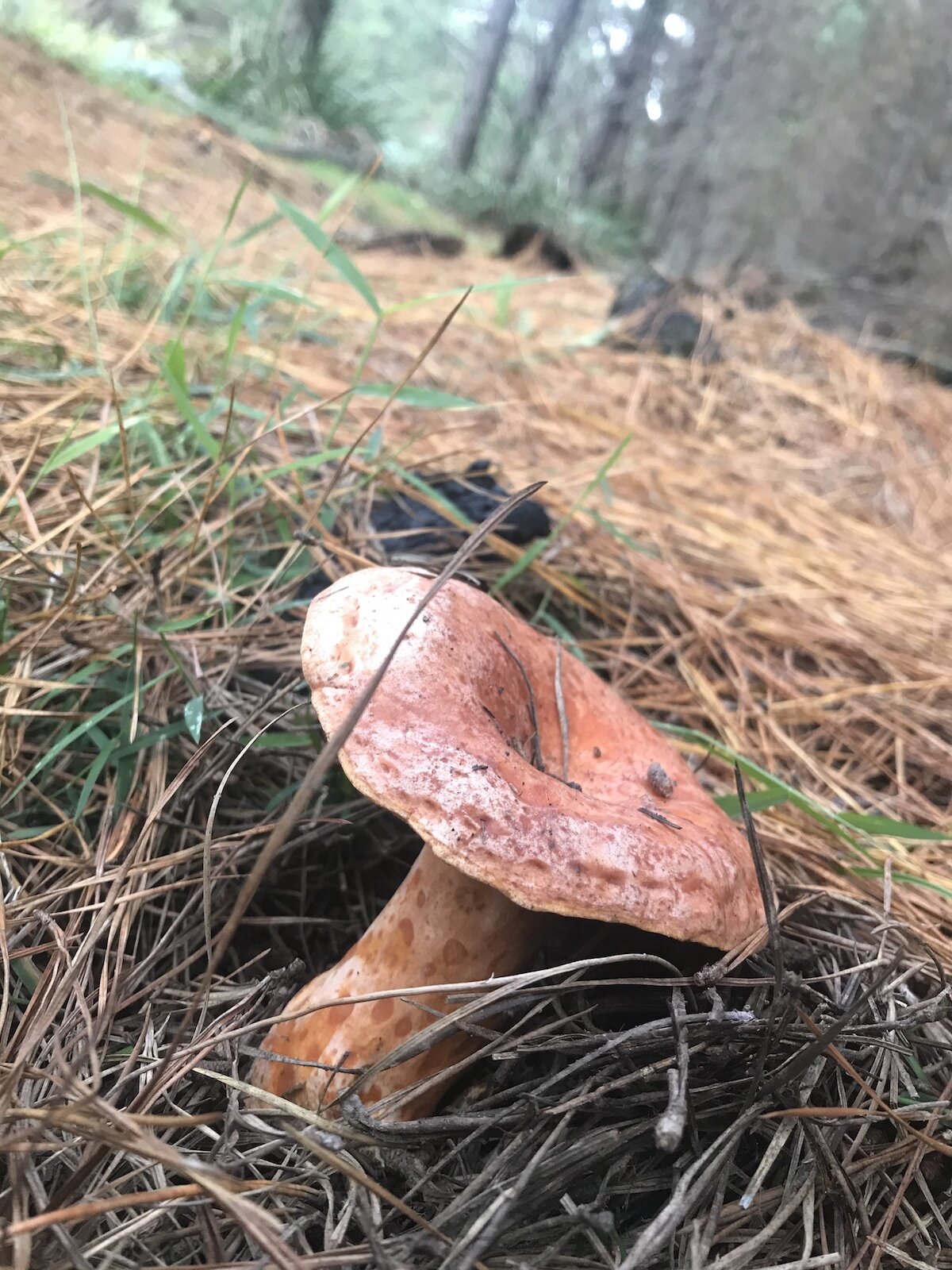Rambling dock (AKA Turkey rhubarb) is a common weed on the east coast of Australia. It is also edible and yummy.
Read MoreMadeira vine is a weed of biblical proportions. It is also edible and medicinal.
Read MoreWood sorrel is easy to find and to love, with heart-shaped leaves and showy flowers.
Read MoreLearning about Scurvy weed and how to respectfully forage it, can be a way of celebrating the original keepers of the knowledge we use today and to implement native wild foods in our diets.
Read MoreAll hail flatweed, the wonderful edible weed. This plant is easy to recognise and grows in abundance
Read MoreIt is wild fennel time! This wonderful plant provides for greens in springtime, flowers in summer and coming up the fully formed seeds. Easy to identify through the distinctive scent, go get foraging!
Read MoreArguably one of the most nutritious wild foods is about to hit your backyard, Australia. It is called amaranth, some people refer to it as a superfood and will be available all through summer. Welcome to your new-found friend!
Read MoreRobinia flowers are edible, their aroma is divine, and they are all over Temperate Australia right now.
Check your hood as you might be missing out!
It can be argued that it is our obligation to eat mulberries when they are ripe on the tree. It is part of our biological contract. We, urban mammals, eat mulberries and the tree flourishes forevermore.
Go on, do your job, it is the season!
Foraging for wild edibles is a great way to learn about fragility and sustainability. It gives you the chance to experience first hand the results of environmental damage. Foraging will allow you to take responsibility and make you aware of your obligations. Look after Country is everyone's job.
Read MoreMake sure you know what you're looking at before you eat it. If in doubt, do not eat it.
The way to check on key identification features is through visual clues, but also by using your other senses like smell and touch.
A great way to remember this is through stories, so learn the stories related to the plants, 'cause that will remind you of the features.
The best to forage is your own garden, as there is where you know what is growing and how it is managed. In your garden, you will be able to take your time to learn about plants, how to identify them and expand your knowledge. Following from that you explore your neighbourhood where you will spot trees with overhanging fruits. Learn patterns and start mapping. There are food and medicine everywhere.
Read MoreThere are food and medicine plants everywhere you look. From the great knowledge of Aboriginal people to the knowledge of migrants related to weeds and non-natives, we have plenty to celebrate. Here’s a four parts video series on how to forage for wild edibles.
Read MoreWhy foraging today?
Watch a short intro to a four-part series that want to present the what, how, where and why of foraging in Australia.
Read MoreThere are plants with great stories; there are plants with funny stories; there are plants with old stories and then there is shepherd’s purse, who’s story is best untold.
Read MoreHow to ID your fleabanes. These common weeds are in your yard and have some pretty amazing qualities, including how to get rid of unwanted partners.
Intrigued? Read on >>
Once upon a time, they used to say that if you get stung by nettle you should find a dock leaf and rub it on, and the rush would be gone.
Is it true? Or is it just folk lore?
Read MoreEvery year, when the rain comes in and the temperature drops, Eastern European and Mediterranean migrants spend their days in pine forests, to celebrate a rich cultural tie: edible wild mushrooms. Read on if you want to be in the know.
Read MoreDid you know that you can eat seaweeds? The one down at the beach?
Meet golden kelp, the edible seaweed.
How to tell a dandelion and a sowthistle apart? Eat them both!
Sowthistle is an amazing ad celebrated plant food all over the world, including Australia.
